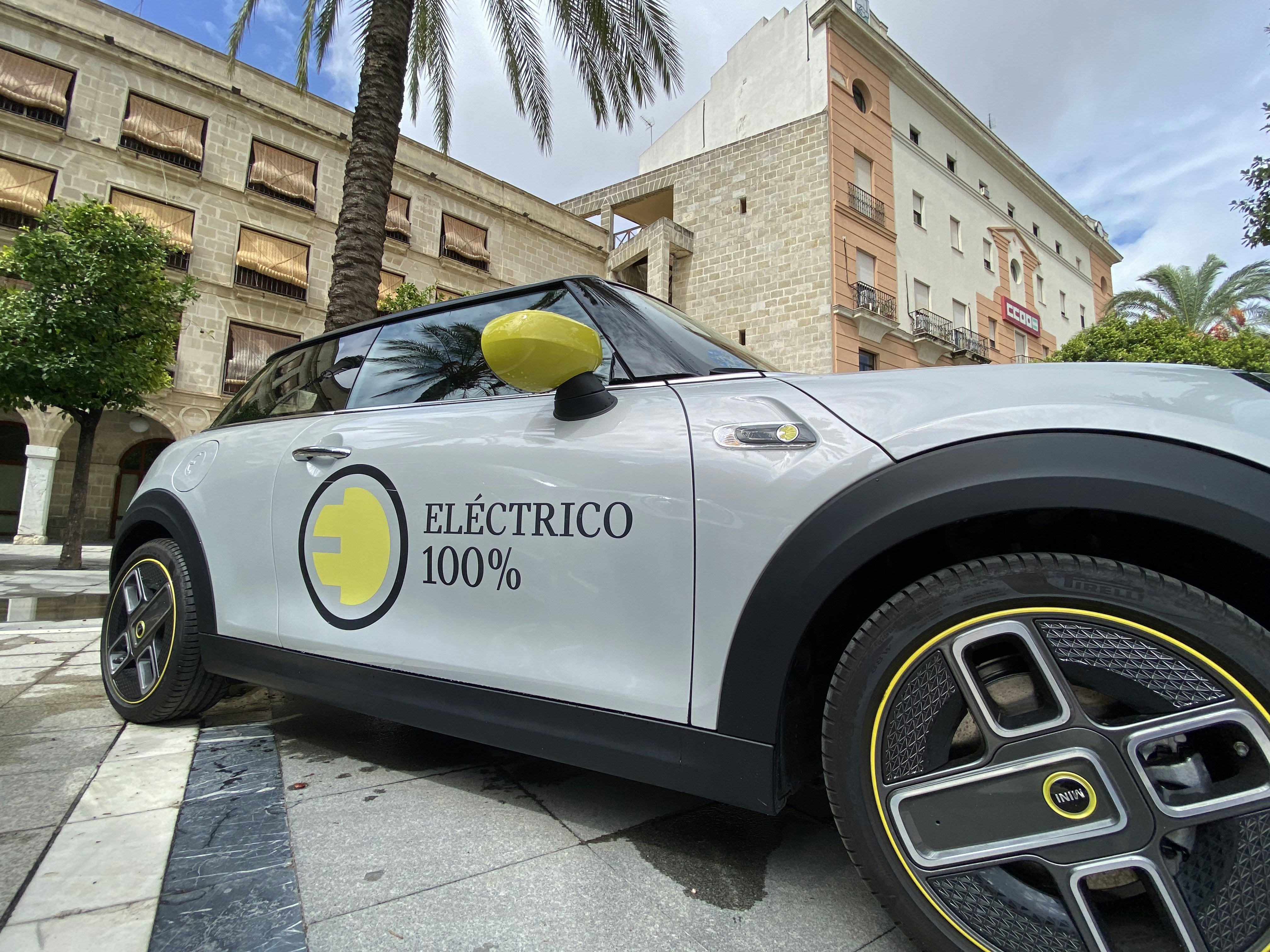From Asphalt to App: Virtual Reality Test Drives for EVs
As electric vehicles (EVs) revolutionize the automotive industry, perceptions and interactions are evolving too. Virtual reality (VR) test drives are emerging as an innovative approach to experience electric vehicles firsthand before potential buyers make the leap. This article dives deep into the realm of VR technology, investigating how it's transforming the EV experience and reshaping automotive marketing. Whether you're a car enthusiast, eco-conscious consumer, or curious tech aficionado, join us as we explore this fascinating intersection where asphalt meets app.
A Shift in Driving Dynamics: How VR is Changing the Test Drive
The process of test-driving vehicles has traditionally been a straightforward yet often uninspiring experience from a consumer perspective. You sit in a car, take it for a spin through a predetermined route, and then come back for sales pitch, which may or may not resonate. However, with virtual reality, the entire paradigm is wheeled into a new dimension, providing a simulation that enhances the experience, making it more immersive and engaging.
In 2025, advances in VR technology make it possible to replicate real-world driving scenarios within an extensive digital environment. Enthusiasts can put on a VR headset and find themselves exploring various terrains, from bustling urban streets to serene countryside roads—all while seamlessly interacting with the car’s features in real time. According to a recent report from Harvard Business Review, consumers reported feeling more confident about their vehicle purchases after engaging in VR practices compared to traditional test drives.
Elevating User Experience: More Than Just a Drive
The magic of VR doesn’t just lie in replicating driving experiences. It also encompasses personalization. Imagine customizing your vehicle within the simulation before you even set foot in a real car. Virtual reality enables potential buyers to explore different colors, upgrades, and tech features in a way that feels bespoke. This customization fosters a stronger emotional connection to the vehicle, arguably one of the most significant factors in today’s car-buying journey.
Not only does this advance competitive sales tactics, but it also uplifts the consumers’ emotional engagement—including elements of fun and adventure. Want to conquer treacherous mountain paths or experience the thrilling power of acceleration? VR makes it possible.
The Marriage of EV Technology and VR: A Seamless Integration
With the rapid advancements in electric vehicle technology—autonomous driving, innovative battery technology, and enhanced safety features—VR is arguably the perfect companion to showcase these impressive advancements. For example, during a VR test drive, users can engage with a comprehensive display of the electric vehicle’s extensive range and charging capabilities. They can visualize how long a charge might last under different driving conditions, which is critically important information for making an informed decision.
Additionally, consumers can explore features like regenerative braking or the vehicle's smart navigation system—all of which would be cumbersome to convey in merely a physical test drive. This technology effectively informs potential buyers while offering them an engaging experience that creates buzz around new models.
The Cost-Efficiency of VR Test Drives for Dealerships
Gone are the days when car dealers would have to rely only on extensive showrooms and physical inventory to boost sales. Virtual reality substantially reduces the need for maintaining large inventories, thereby allowing firms to cut costs considerably. With VR, dealerships can display their entire fleet of electric vehicles without needing to have them physically present. Not only does this save on space and maintenance, but it also allows smaller dealerships to compete with larger corporations on a more level playing field.
The efficiency afforded by a VR setup provides a unique opportunity for dealers to expand their reach. Imagine selling cars via an engaging app from a living room sofa, connecting with customers wherever they are. This flexibility brings remarkable potential for increased sales while creating additional convenience for the consumer.
Discovering Emotional AI: Enhancing the VR Experience
In the world of electric vehicles, the question of "how does this car fit into my lifestyle?" is paramount. The emotional aspects of driving should never be overlooked. As explored in detailed depth in our post about the transformative impact of emotional AI in our connection with electric vehicles, VR can integrate this emotional AI to gauge user reactions and preferences during the virtual experience.
By curating experiences that resonate with individual consumers, automotive companies can tailor VR test drives to leave lasting impressions. It’s not just about getting information; it’s about fostering a strong emotional connection with potential buyers—and here's where emotional AI steps in to personalize that experience.
The Future of EV Showrooms: Immersive Experiences Await
Companies like Tesla have already experimented with VR presentations in their showrooms, and the industry is set to follow suit, with not just showrooms but entire cities reimagined for VR. Gone will be the boring rows of physical cars; instead, meet the vibrant realms of interactive, virtual showrooms where potential customers can immerse themselves in a variety of electric vehicles while enjoying engaging content about their performances, sustainability features, and design philosophy.
Imagine stepping inside a VR showroom, grabbing your favorite electric vehicle model, and then diving into an entire virtual environment that highlights the car's eco-friendly aspects. You'll see not only the tangible attributes of the car but also the broader environmental impacts of adopting an EV lifestyle. Such immersive experiences inform decisions while making the process enjoyable and education-driven.
Empowering Urban Mobility: A Look into the Future
As EVs take center stage in urban planning and mobility solutions across the globe, communities face a bright future. Collaborations among tech innovators, local governments, and automotive manufacturers are sprouting to ensure that electric vehicle infrastructures—like charging stations—develop in tandem with consumer enthusiasm.
This symbiotic relationship is essential in driving public acceptance of electric vehicles, and virtual reality can serve as an influential catalyst. Cities can engage citizens through VR simulations to showcase proposed changes or new EV infrastructures. People may explore how introducing certain technologies will affect their daily commuting experiences, hence reducing skepticism and building trust in new initiatives.
The Silent Revolution: Urban Sound Design Transformations
Among the most subtle changes brought by the rise of electric vehicles is the transformation of urban soundscapes. The muted hums of electric engines shift the auditory landscape of cities, inspiring artistic and community projects that respond to this new sound environment. Our article, The Silent Revolution: EVs and Urban Sound Design Transformations, delves deeper into the societal implications of these changes.
Virtual reality can play a critical role in conceptualizing auditory environments that reflect this new urban reality. Imagine a VR experience where urban inhabitants can curate the sounds of their neighborhoods and witness how the adoption of electric vehicles transforms their soundscapes over time. This future creates a much richer experience, not only for transportation but also for the senses.
Building Trust in EV Ownership: Virtual Reality and Community Engagement
Establishing trust in electric vehicles and their long-term viability goes beyond showcase. Engaging stories of EV ownership must permeate the communal consciousness. When potential buyers are immersed in virtual realities highlighting successful case studies of current EV owners and their experiences, it can dispel misconceptions and boost acceptance.
Moreover, the sense of community is enhanced when people can use VR to explore how electric vehicles can connect subcultures increasingly interested in sustainability. Check out our piece on Electric Vehicle Subcultures: Redefining Community for a Greener Future for more context on how communities are forming through their shared commitment to sustainable living.
Final Thoughts: The Road Ahead is Digital
As we steer into a future dominated by electric vehicles, virtual reality is carving out significant pathways that enhance consumer engagement, trust, and emotional connection. From immersive test drives to reimagining urban experiences, VR is not just a supplement, but a necessary evolution in how we perceive and engage with electric vehicles.
This immersion goes beyond traditional car marketing—it informs communities, energizes discussions, and embraces the broader mission of building a sustainable future. If you are considering an electric vehicle, explore online VR experiences or visit a local dealership where such technology is available. Get ready to step into the future of driving, where asphalt meets apps in a digital landscape like no other!



